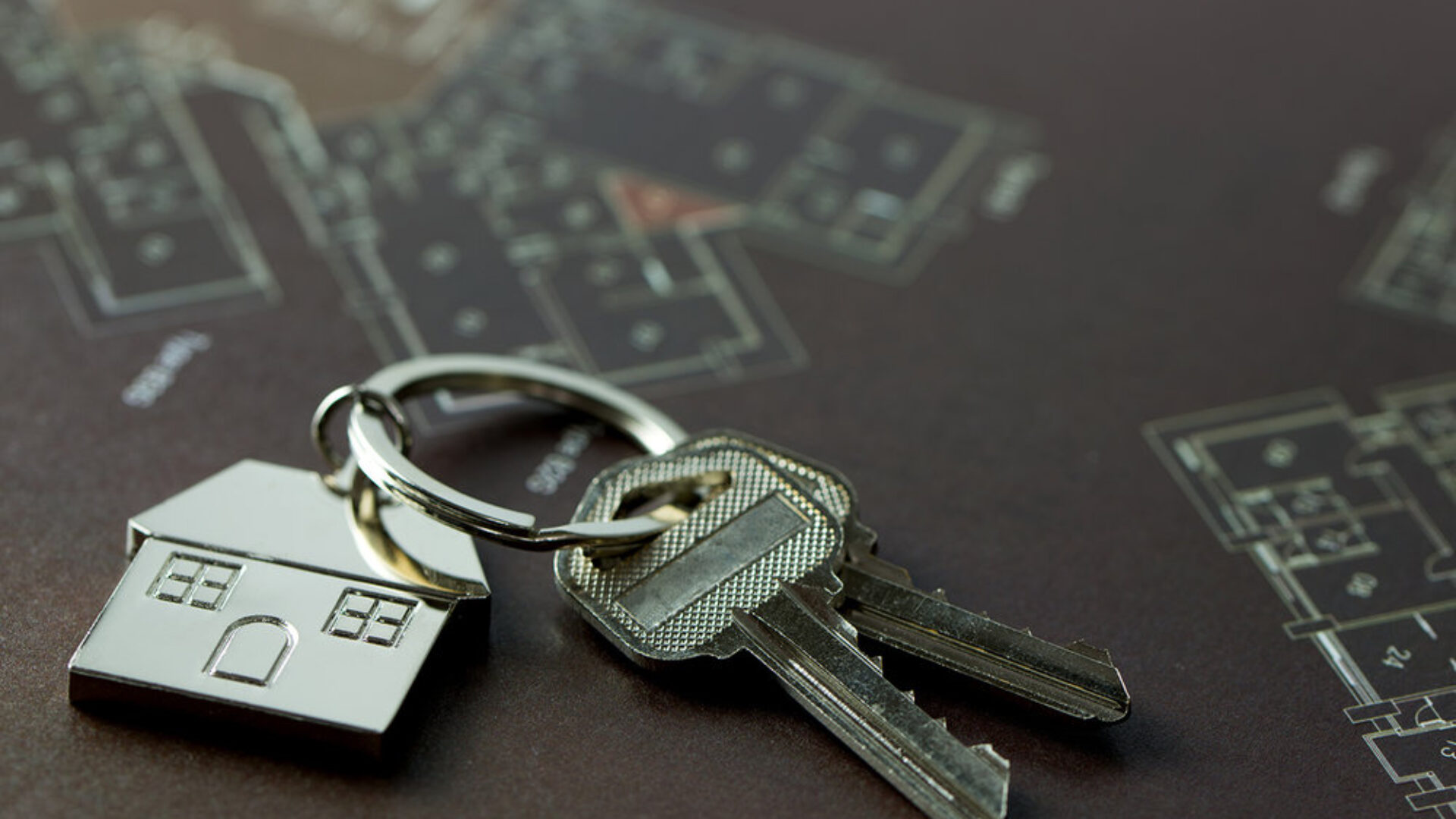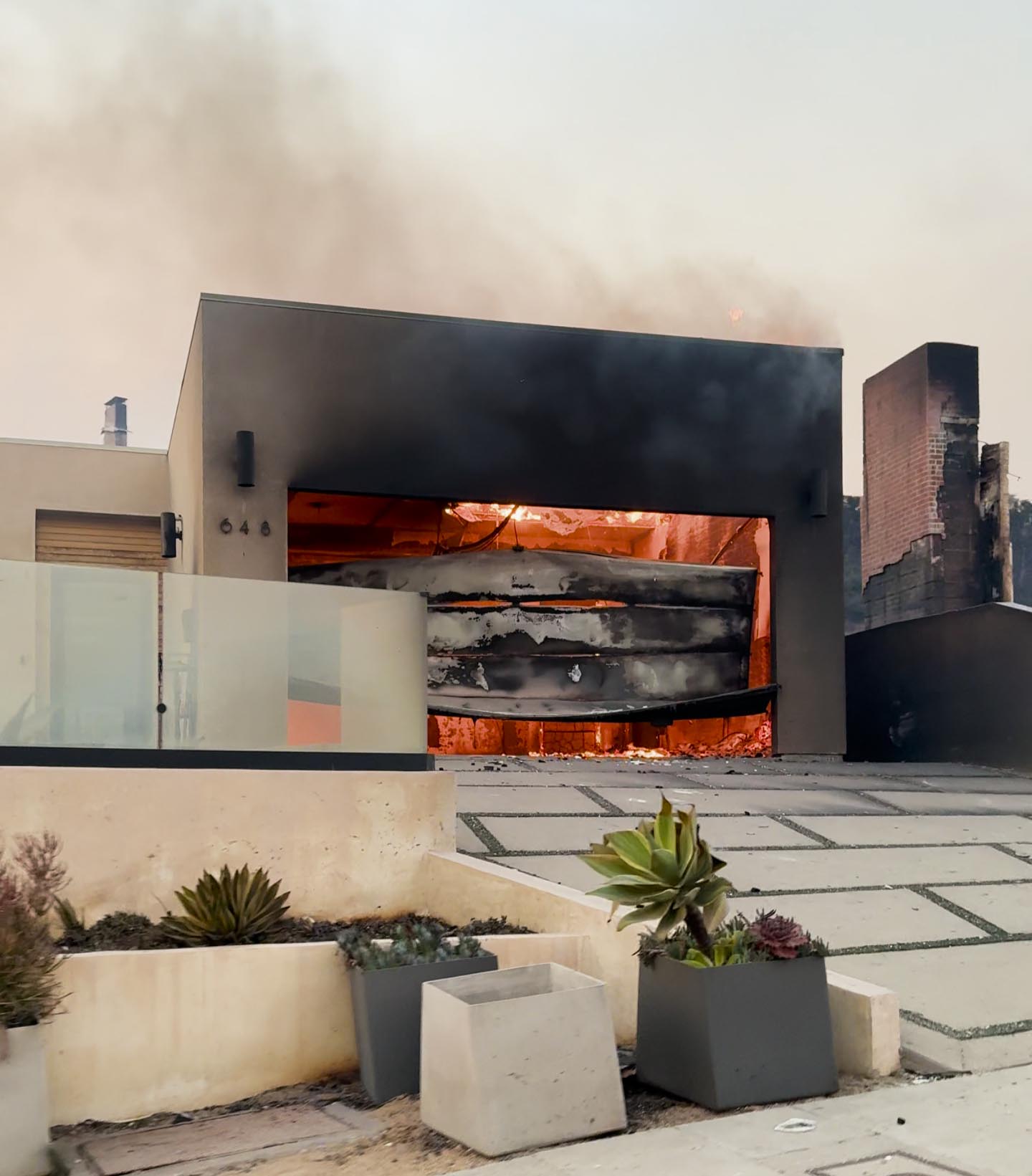There are several answers to those questions, and these issues become increasingly more important to understand in a market that has been steadily slowing down as it has for the past three months. Also, in a market that has now normalized with less advantage to sellers, it can be highly risky for a seller to set the asking price that is significantly higher than the current actual market value.
Online Pricing Evaluations Don’t Capture Everything
The various online valuation systems have been proven to be highly unreliable, especially in such a diverse community as the Palisades. In fact, at any point in time I have discovered variances between their different evaluations ranging as much as 10-15%, a disparity that should be considered unacceptable especially for sellers and agents considering a listing price for their home. In a market that has flattened out, as we recently have verified has occurred here, the online systems can result in even greater risks because they include more inappropriate sales from when the market was stronger than it is today.
The almost mindless-use of some specific number such as $1000 per square foot can be even more useless than the online systems. Such a simplistic approach does not take into any consideration how old the home is, the size of the property, how good or poor is the view, etc. Furthermore, since many of our sales have been made to investors who are only buying the land to develop, if the home on that lot is relatively small, the price per square foot of house could easily be $2000! Also, the specific neighborhood the home is in can make a large difference in its sale value. For example, a home in the Huntington might sell for twice as much per square foot than it would have on the same size lot in the Highlands.
Comparative Market Analysis
The answer lies in time-tested comparative market analysis, which seasoned agents generally do in preparation for meeting with potential listing clients. When this process is properly completed, it takes into consideration all relevant sales of the most comparable properties in the most recent several months and nearby locations. It also will include comparison with homes under contract in escrow as well as those currently on the market as active listings. It takes a great deal of thought, experience and analysis to arrive at a reasonably accurate estimate of expected value, especially in a market transitioning from a seller to buyer market.
Once a reasonable probable range of value is arrived at, a skilled and seasoned marketing expert can help guide the seller to make a far better informed pricing decision. If a home is priced 10 percent or more above the market value, it may only serve to help other listings sell sooner. If priced 10 percent or more below actual value, it might result in multiple offers but not sell for as much as if it had been listed closer to current value. In most cases, the ideal level to set the price might be just ahead of where the market values are trending.
In general however, most people feel it is wisest for a seller to set the price just above theoretical market value, allowing for a little negotiating room. However, in a balanced market such as we seem to have now, pricing approximately 1-2% below current theoretical value might be optimal. Unless the seller specifically wants to maximize their chance of getting multiple offers by strategically setting the price below market, the best result might be attained by setting the price right at the level expected it will sell at.
Ultimately, as is well known, the buying public eventually sets the sale price. If a home is overpriced, most active buyers know that it is, and therefore often won’t even take the time to look at it. Also, listings that are well above fair market value tend to dampen real estate agent’s attitudes, so they will be less likely to show the home. Possibly those agents who do show it may use it to help show their buyer how much better a value another listing is in the same price range!
The longer a listing is on the market, the more “stale” it becomes once beyond a seller’s “window of opportunity”. This “window” of time will vary from one neighborhood and price range to another, and it can range from a few weeks to several months, depending on market conditions. If a home remains on the market too long, it will be gradually perceived as having less value by active buyers. One of the most common and first questions a buyer or their agent will ask when viewing a home is how long it has been on the market.
Why Does Comparative Analysis Really Matter?
It is important to consider that if the seller is convinced that a high price is justified, that seller may not even recognize a good offer which is based on comparable sales when it is received. Even in the active seller’s market we have experienced since 2013, one out of five listings failed to sell, and usually because of the asking price.
This continues to be an excellent time to be a seller with prices at all-time highs and an ample supply of motivated and well-qualified home buyers. Depending on the location and price range, prices may continue to inch up even higher before the market is fully in a correction phase. However, danger signs are quite clear today, thus making the pricing decisions even more crucial than have been for many years. Inventory of homes available is 40% higher and the rate of sales 20% slower than at this time last year, and prices have begun to slip in recent weeks as price adjustments have become more frequent.




